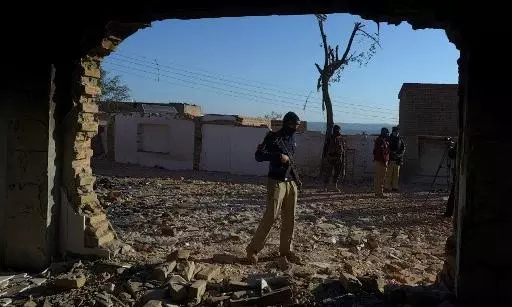
Armed conflict affected 630 million women and children in 2017: Study
text_fieldsArmed conflicts in 2017 had detrimental impacts on at least 630 million women and children globally, revealed a new paper series published in the medical journal The Lancet.
BRANCH (Bridging Research & Action in Conflict Settings for the Health of Women & Children) Consortium developed the series. The researchers conducted the study based on new analysis models and data from various humanitarian agencies, civil society organizations and local research partners.
The study noted that warfare over the last 20 years resulted in the deaths of more than 10 million children below the age of five and between 6.7 and 7.5 million infants. One-third of the most affected people live in Pakistan, India and Nigeria.
"Today, more than half of the world's women and children are living in countries experiencing active conflict. The international community cannot continue to ignore their plight," says Dr Zulfiqar Bhutta, co-author of the study.
The series paper conducted an in-depth observation of the changing nature of war conflict, its short and long-term impacts on women and children, and the strategies to identify the best responses and interventions supported by assessments and studies in the country.
Dr Bhutta says, "The new estimates provide compelling evidence of the enormous indirect toll of modern warfare caused by easily preventable infectious diseases, malnutrition, sexual violence, and poor mental health, as well as the destruction of basic services, such as water and medical facilities."
The risk of dying from direct and non-direct violence increases considerably with the proximity to intense conflicts. In 2017, about one in ten women and one in six children globally within 50 kilometres of armed conflict were forcibly displaced. Women of childbearing age living near conflict areas are three times more likely to die than women in peaceful areas. Their infants also have a 25 per cent chance of dying early.
The authors highlighted the failure of global communities in prioritizing women and child health in conflict areas and called for an international commitment to establish a decision-making framework for choosing not only appropriate but creative interventions and improvisations to rectify the status quo.
A greater alignment, investment and global political attention must be given to women, children, and adolescents who are trapped in conflict zones. Their safety must be placed at the centre of all humanitarian, development, and peace-building efforts in line with the concept of the centrality of protection. Only then can the issue be resolved without leaving any victim behind, said the authors.











